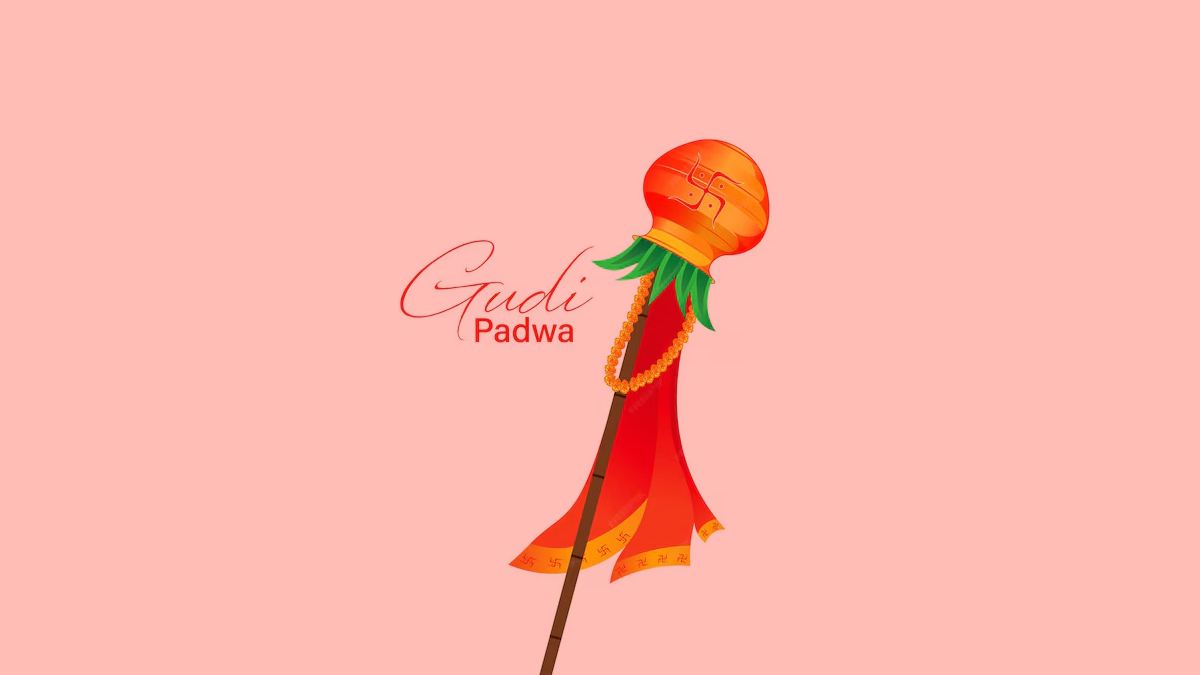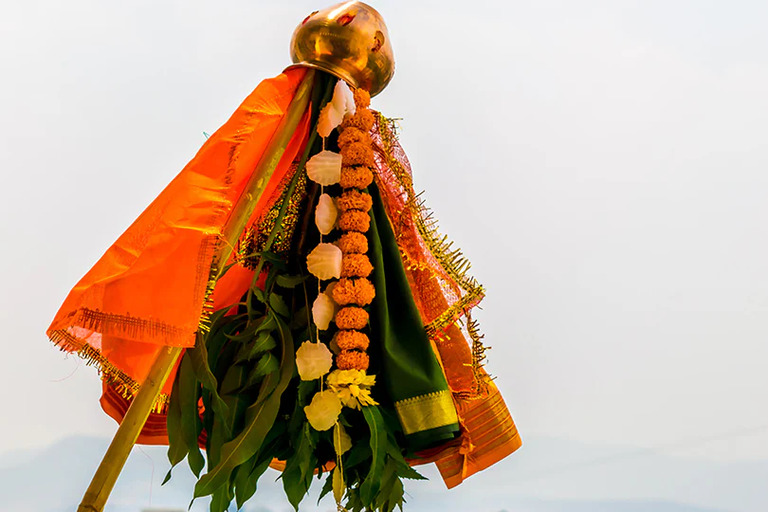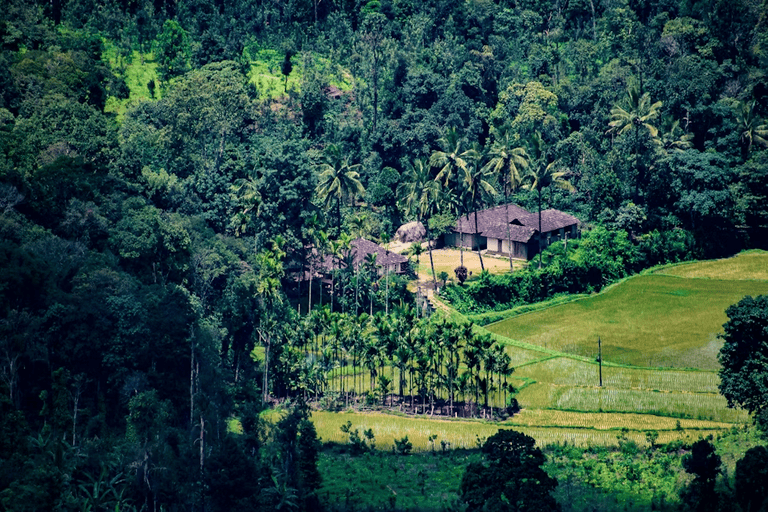
Know the Significance & History of Gudi Padwa in Maharashtra
Table of contents
Away from the chilly winter, Spring brings a sweet and soothing touch across various regions in India. It is the time of pleasant weather and fun festivities that bring joy to people of all ages and backgrounds. One such amazing festival that is celebrated during this season is Gudi Padwa, otherwise called the Marathi New Year. If you want to learn more about the Gudi Padwa significance and history, go through the contents of this page.
What is Gudi Padwa?
Gudi Padwa is a major festival that is celebrated on the first day of the Chaitra month, according to the Hindu lunar month. As per the Gregorian calendar, this festival usually falls between March and April. It is a spring festival and also marks the beginning of the lunisolar new year for the Marathi and Konkani Hindus. It is primarily celebrated in Maharashtra and across various parts of Goa, and Karnataka. The literal translation of this festival is “Gudi” meaning “victory flag”, and “Padwa,” meaning the first day of each fortnight in a lunar month. The festival is marked by rangoli decorations, use of Gudi Dvaja, elaborate rituals, street gatherings, festive foods and dancing.
You have surely heard about the famous Ugadi festival primarily celebrated across Andhra Pradesh, Karnataka and Telangana. Well, it is essentially the same festival as the Gudipadwa festival of Maharashtra.
About the Gudi Padwa history

Gudi Padwa is an ancient Indian festival with deep roots tying it to Hindu mythology as well as regional history and culture. One of the key legends associated with its origins suggests that Gudi Padwa started at the time of the Yadava dynasty in Maharashtra. It was observed as a harvest festival marking the end of the previous agricultural season and the beginning of the new harvesting season. Some also say that Gudi Padwa emerged as a significant festival during Chhatrapati Shivaji Maharaj’s reign. It is believed that the great founder of Maratha Kingdom, Shivaji Maharaj, observed Gudi Padwa as a way to commemorate his victories and cultivate peace, unity and prosperity among the people of his empire. Another legend behind the history and origin of the Gudipadwa festival links it to a festival that commemorates the triumph of King Shalivahan over the Huns, honouring the beginning of the Shalivahan Calendar.
Looking past the historical legends, the Gudi Padwa importance in terms of Hindu mythology is also a major one. According to one legend, Gudi Padwa is said to celebrate the day when Lord Brahma, one of the most prominent Hindu deities referred to as “the Creator”, created the universe and time. On the other hand, another significant legend links this festival to Lord Rama. Many believe that Gudi Padwa commemorates the day of Lord Rama’s return to Ayodhya after defeating Ravana. While there are various beliefs and legends behind the history and origin of this festival, there is no doubt that it is one of the most significant occasions observed in Maharashtra and other parts of India.
About Gudi Padwa significance
As you can see, Gudi Padwa, one of the major festivals of Maharashtra, holds a place of immense cultural, spiritual and historical importance. Let us take a brief look into the Gudi Padwa significance and symbolism;
1. Significance of the Gudi
The key symbolism of Gudi Padwa lies within its name. “Gudi” means victory flag and the erected Gudi Dvaja is seen as a prominent part of its celebration. It is made of about a 4 to 5 feet long bamboo stick, fixed with sugar and neem candy as well as mango leaves and a garland, an inverted copper pot (kalash) placed on its top and a piece of unused bright-coloured cloth tied to it.
Here, neem leaves signify purification and good health, while mango leaves denote fresh starts. The copper pot represents fertility and abundance, and the cloth denotes happiness and prosperity. After the puja is over, the family drink water from the inverted pot, which is said to signify the warding off of evil and welcoming of positivity and good fortune.
2. Gudi Padwa as a new beginning

new beginning of gudipadwa
Must Read : Gudi Padwa Celebrations: Rituals, Food, and Festive Decoration Ideas
Gudi Padwa is also observed as the Marathi New Year, which symbolises new beginnings and fresh starts. Hence, many see this festival as a time to let bygones be bygones and focus on embracing the future with an enthusiastic and optimistic outlook. This is why many consider it to be a good time to start new projects and ventures.
3. Unity and prosperity
Gudi Padwa’s cultural and societal significance is also a major one. It is the time when friends, family, and communities come together and join each other in fun festivities and celebrations. Hence, the festival acts as a reminder of the strength hidden in harmony and the importance of appreciating the people you care about and love
4. As a harvest festival
Gudi Padwa is also observed as a harvest festival, marking the beginning of the new harvest season in Maharashtra. Hence its significance in agriculture is also a crucial one.
Conclusion:
Gudi Padwa is a significant festival and is best witnessed and experienced in its fascinating home state, that is Maharashtra. During your visit, make sure to not just be a bystander but actively participate in its celebrations. Get your Marathi lingo up and enjoy the festivities of Gudi Padwa.
Table of contents
Trending blogs for you
 18002099100
18002099100




















